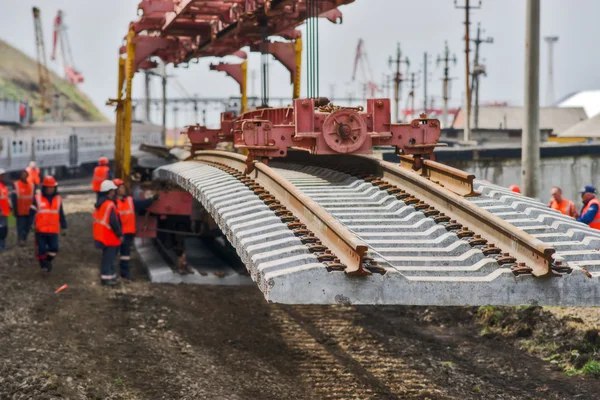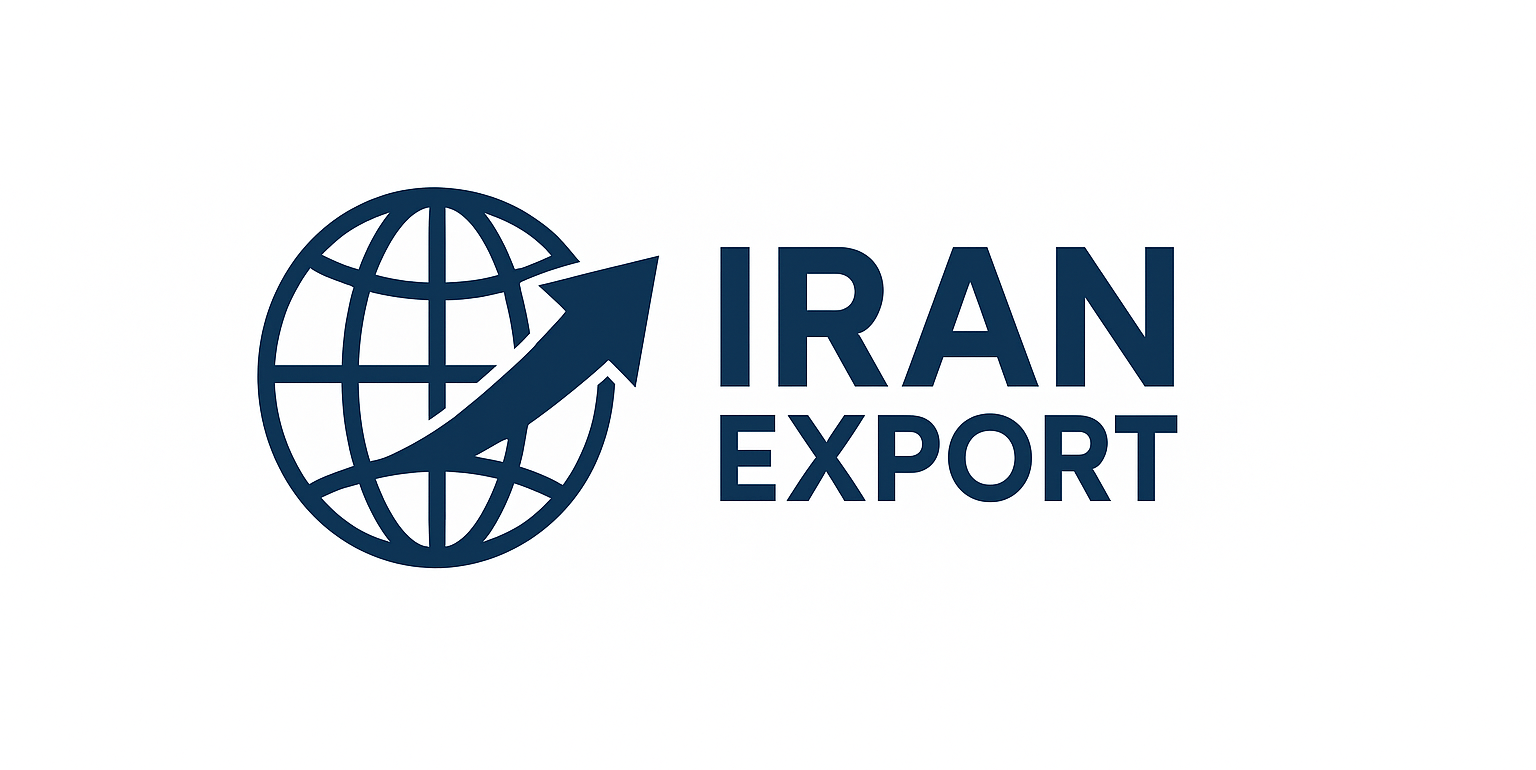
Modern Tunneling and Railway Construction in Iran: Innovation Under the Surface
Introduction
Iran’s strategic geographic location — bridging Asia, Europe, and the Middle East — makes it a natural transportation hub. Over the past two decades, the country has invested heavily in tunneling and railway construction, transforming its infrastructure landscape both above and below the surface. These efforts have been driven by modern engineering techniques, local expertise, and an increasing focus on sustainable development.
From high-speed railways to complex underground tunnels through mountains and urban centers, Iran’s tunneling and railway sector has become a symbol of progress, innovation, and international collaboration.
1. Iran’s Expanding Railway Network
Iran’s railway system is one of the largest in the Middle East, stretching across more than 15,000 kilometers, with ongoing projects aiming to expand it to 25,000 kilometers by 2030. This extensive network connects key industrial centers, ports, and border points — linking Iran to neighboring countries such as Turkey, Iraq, Turkmenistan, Pakistan, and Azerbaijan.
The Iranian government has prioritized railway modernization as a key element of its national development strategy. Projects such as:
-
Tehran–Mashhad high-speed railway
-
Chabahar–Zahedan–Mashhad corridor
-
Qazvin–Rasht–Astara railway (connecting to Russia via Azerbaijan)
are transforming Iran into a central transit route along the North–South Transport Corridor (NSTC) — a strategic trade route linking India to Europe through Iran.
These rail investments are not just about transportation; they are part of a larger economic vision to enhance export logistics, regional connectivity, and sustainable mobility.
2. The Rise of Modern Tunneling in Iran
Tunneling plays a critical role in Iran’s infrastructure development, given the country’s diverse geography — from the Alborz mountains in the north to the Zagros range in the west. With numerous railway, metro, and road tunnels under construction, Iran has emerged as a regional leader in tunneling technology.
Key achievements include:
-
Tehran Metro Tunnels: Over 200 kilometers of underground tunnels, making it one of the largest metro networks in the Middle East.
-
Zagros and Alborz Railway Tunnels: Complex engineering projects that use advanced drilling and lining systems to traverse challenging terrains.
-
Water and utility tunnels, enhancing urban infrastructure resilience.
Iranian engineers have mastered mechanized tunneling techniques (TBM), New Austrian Tunneling Method (NATM), and shotcrete reinforcement, enabling projects to meet international safety and quality standards. Domestic companies now produce tunnel boring machines (TBMs) and construction materials, reducing reliance on imports and increasing cost-efficiency.
3. Engineering Innovation and Sustainability
Modern tunneling and railway construction in Iran increasingly emphasize innovation, efficiency, and environmental responsibility.
Here are a few examples of how innovation is shaping the industry:
-
Smart monitoring systems: Real-time geotechnical sensors and AI-driven analytics help ensure safety and optimize excavation processes.
-
Use of precast concrete segments: Enhances speed and uniformity in tunnel lining.
-
Energy-efficient railway design: Electrification of rail lines and regenerative braking systems are helping reduce carbon emissions.
-
Sustainable materials: Locally sourced and recyclable materials minimize environmental impact.
Iran’s engineering universities and research centers — including Sharif University of Technology and Amirkabir University of Technology — play a major role in advancing tunnel design, seismic safety, and automation technologies.
4. Economic and Strategic Significance
The economic impact of tunneling and railway expansion in Iran extends far beyond transportation.
It contributes to:
-
Job creation and industrial growth: Thousands of skilled workers and engineers are employed in domestic projects.
-
Export potential: Iranian engineering and construction firms now participate in international tunneling and railway projects across the Middle East and Central Asia.
-
Regional integration: Rail corridors such as Iran–Turkey and Iran–Pakistan enhance trade efficiency and logistics competitiveness.
-
Reduced logistics costs: Modern railways lower transportation costs for goods, boosting Iran’s non-oil exports.
Iran’s steel, cement, and electrical industries benefit from this infrastructure boom, creating a multiplier effect across the economy.
5. International Cooperation and Investment Opportunities
Despite sanctions and challenges, Iran continues to attract foreign participation in infrastructure projects, particularly from China, Russia, and European partners.
Key examples include:
-
Chinese collaboration in high-speed rail projects under the Belt and Road Initiative (BRI).
-
Russian partnerships for rail electrification and logistics integration.
-
European technical exchange for tunnel safety and design standards.
Foreign investors find Iran’s infrastructure market appealing due to:
-
Competitive project costs
-
Abundant raw materials
-
Skilled labor force
-
Access to major transit corridors
As international trade routes evolve, Iran’s role as a connective bridge between East and West is expected to strengthen, offering vast opportunities in railway construction, tunneling technology, and related engineering services.
6. Challenges and the Road Ahead
While the progress is impressive, Iran’s infrastructure sector still faces challenges such as:
-
Financing and foreign investment restrictions
-
Need for modernization of older rail segments
-
Technological gaps in digital rail systems
However, local industries are rapidly innovating to overcome these obstacles. Increased public-private partnerships, regional collaboration, and knowledge transfer from global leaders are driving the next wave of growth.
By focusing on smart mobility, sustainability, and exportable engineering expertise, Iran aims to solidify its position as a regional infrastructure powerhouse.
Conclusion
The modernization of Iran’s tunneling and railway industry represents more than just civil engineering — it’s a story of resilience, innovation, and strategic vision.
With ongoing investment, advanced technology adoption, and expanding regional connectivity, Iran is turning its underground and overground infrastructure into engines of national and international progress.
For investors, contractors, and technology providers, Iran’s tunneling and railway construction sector offers a promising frontier — where innovation truly thrives beneath the surface.

